Always time for Art
Driving up to the building that overlooks the city, I got to play one of my favorite games: guess the artist. It is this silly thing (and probably obnoxious to some) I like to do when I see a piece of art from a distance. I simply guess who it is before I see the tag/plaque and then check to see if I am correct.
To my delight, I saw the giant statue of Pinocchio and instantly knew it was by Jim Dine, a native of the city. There is something so fun about reaching within your own knowledge base and testing it out in new environments. I was able to do this time and again as I saw works by Miro, Chihuly, LaMonte, and Warhol throughout the space.
If you have yet to tour this space, I cannot recommend it enough. The staff are friendly, the fee is free, and the collection is well balanced with a mix of pieces from historical periods as well as contemporary works. One of my favorite things I saw while I was there was the positioning of the education area as well as interactive tablets for people to use as they explored the collection. It is clear that this museum prioritizes the experience of their viewers and wants kids to get into the action and start learning about, appreciating, and interacting with art at a young age. I was also inspired by the layout of their space in the education area and will try and find some ways to bring that back into my own classroom sometime soon.
Take a Hike
In the RAD
If you get a chance, visit this art-filled place and enjoy the visuals (they also have a great array of eateries to try, too)!
More from NAEA
Stop Searching for Perfect Solutions
As they shared their stories about students working with materials to develop items that could help communities in the developing world, they stressed the idea of using resolution rather than solution to discuss the end game with design thinking. By saying solution, we infer that there is only one ending that will work and in reality, there are many. In addition, solutions are impacted by resources.
Through this presentation, I started to think about my own approach to making art and how I might need to approach it with my students as they are making art. If I stress a single solution to a problem, rather than the best was to resolve it, I may be shutting the door for some students on their thinking and ability to push past roadblocks in their own learning. Learning is about a continuous path. There is not a straight line that goes from one thing to the next. There are peaks and valleys and short cuts and long hauls. This presentation helped me refocus on that and I am excited to bring it back into my classroom.
People Make the Difference
It was also done in the session I had the joy of presenting in with my fellow Middle School Art teachers. Every time I have presented with this group, I learn something new. Because we come from diverse areas, we are able to share our unique perspectives with an audience of teachers as well as with each other.
In addition, being able to connect with various vendors and see product demonstrations and hear from those who know best is so valuable for my own understanding and what I can bring back to my classroom. I am so appreciative to the vendors for their generosity (both of time and materials), which help advance my ability as an artist and teacher. Working in the exhibition hall with make and takes and other samples is also a great way to connect with other teachers and share tips and tricks that we use with various products in our own classrooms.
These personal connections are what makes a conference successful and it is why I am so thankful I was able to attend in person this year.
Collaboration Is Key
One of the pieces I was most moved by at the SAM was the large installation by John Grade, titled "Middle Fork." Rather than explain it, here is a video short that explains the work and how it is still in progress and still being created by a collaborative effort.
Here are some additional Art sights from both places:



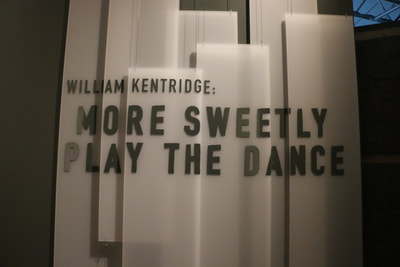




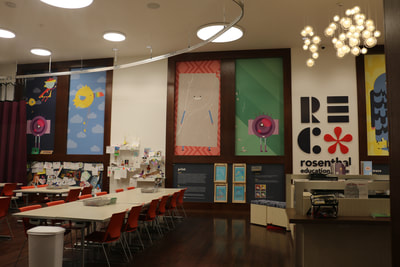

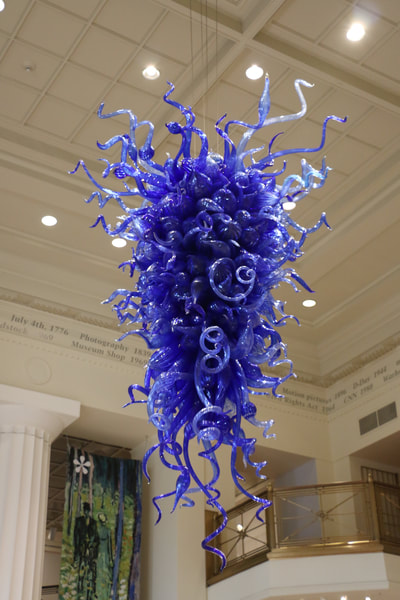
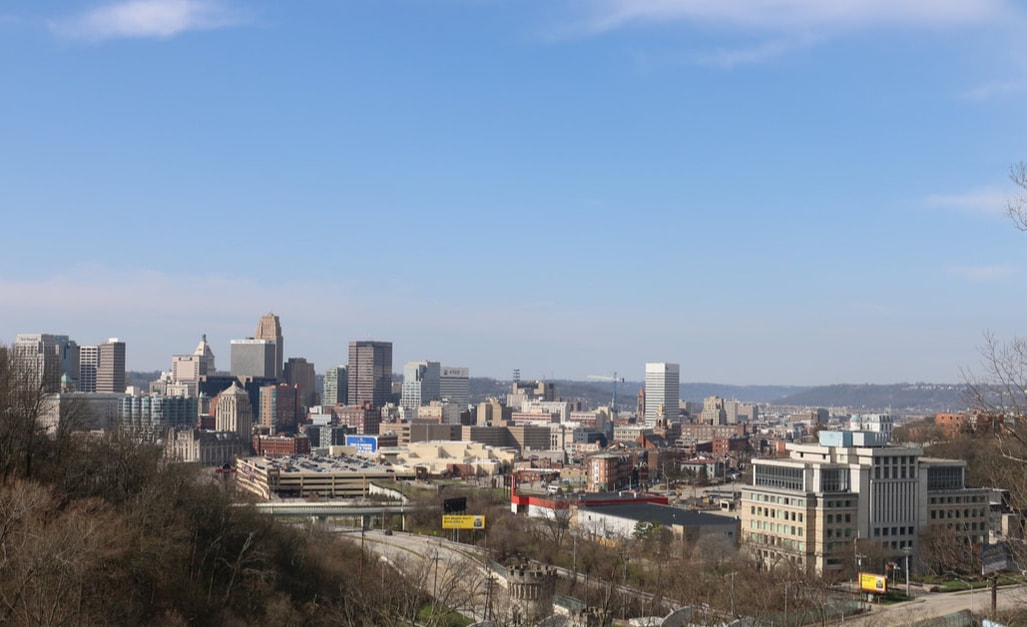
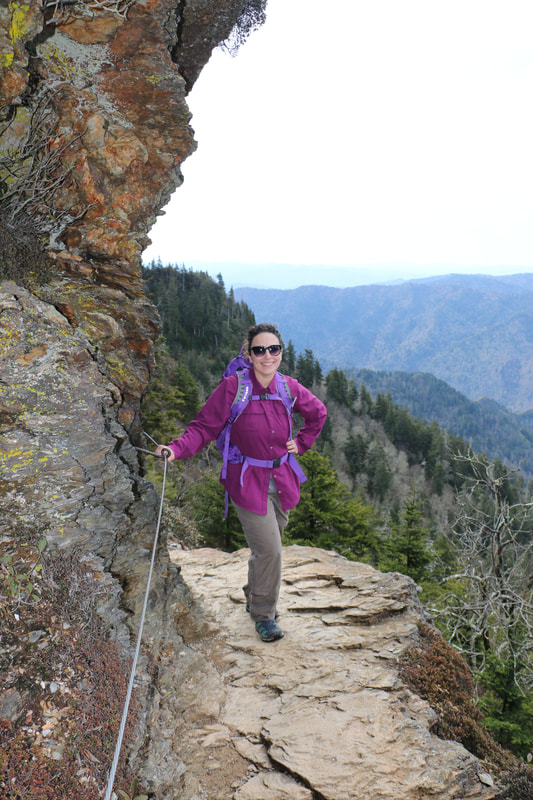






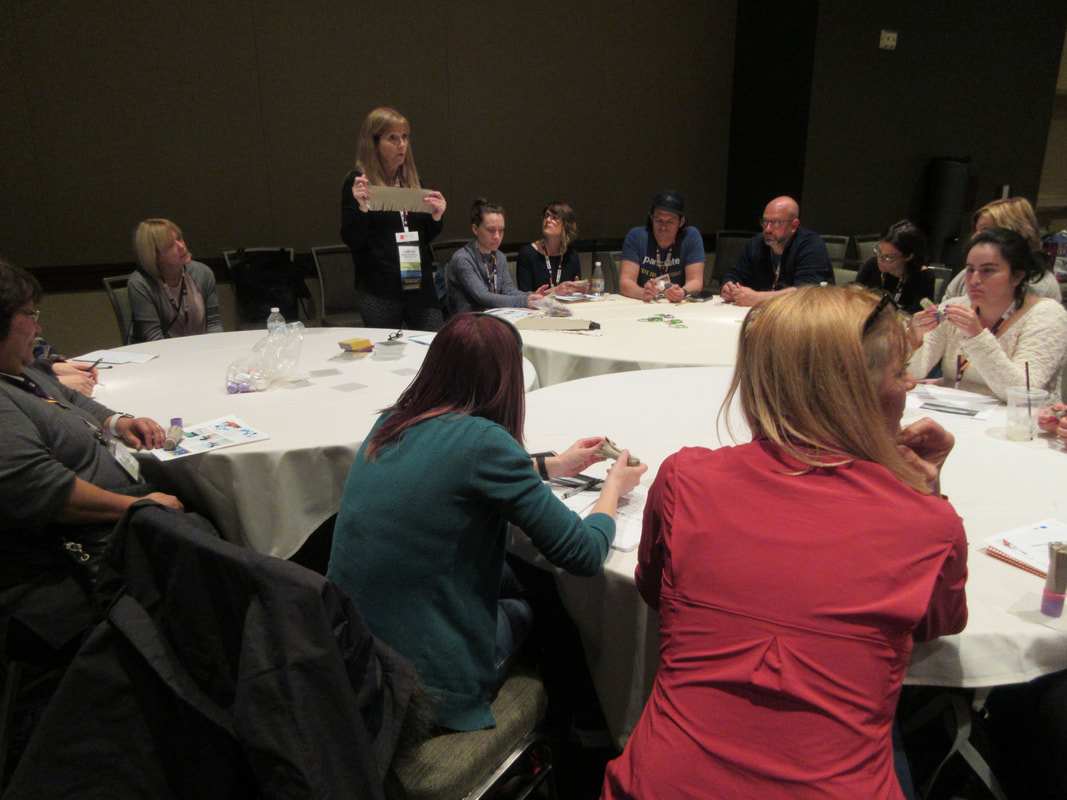







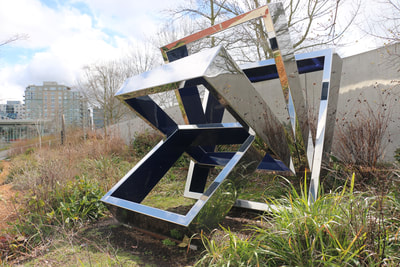



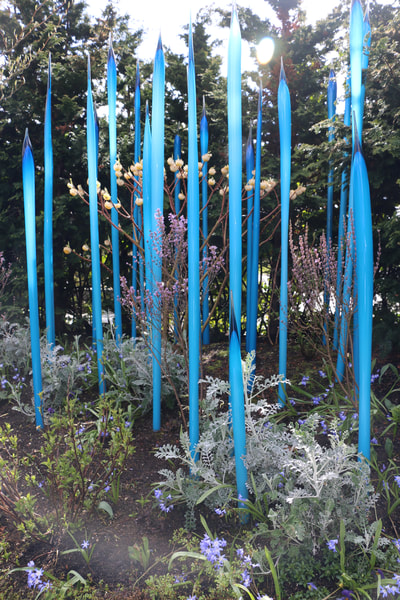
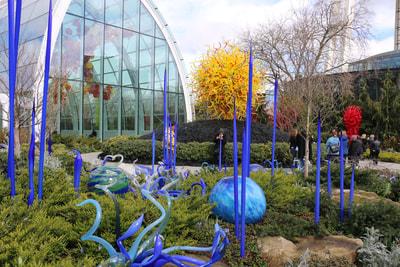
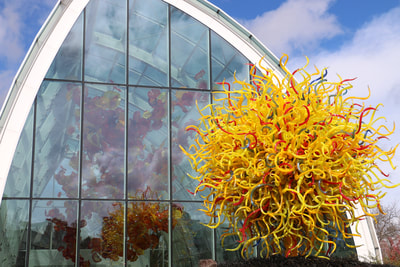





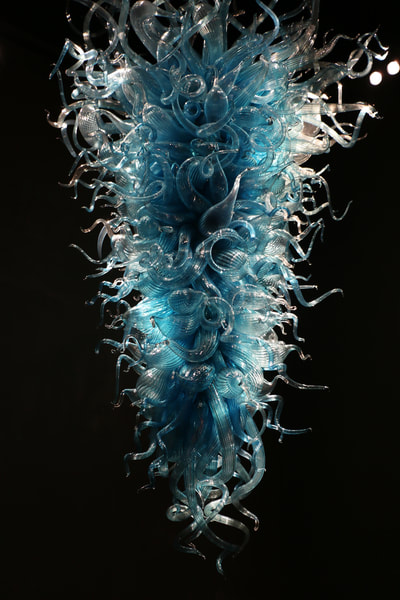


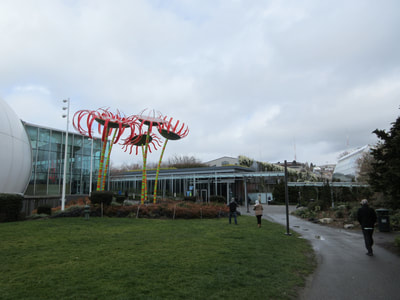



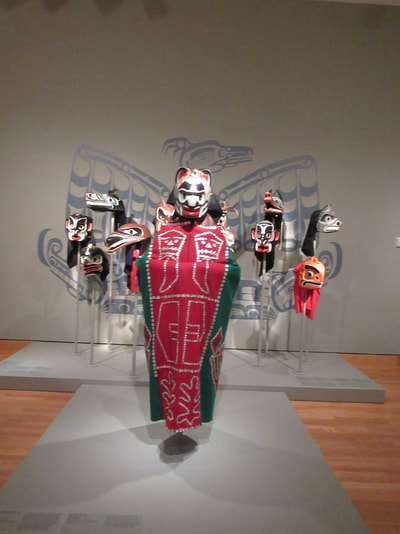
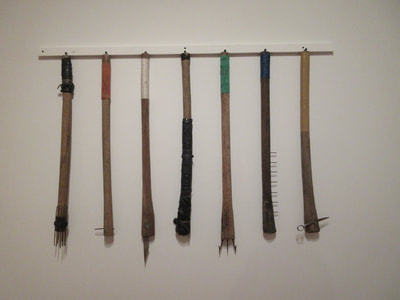


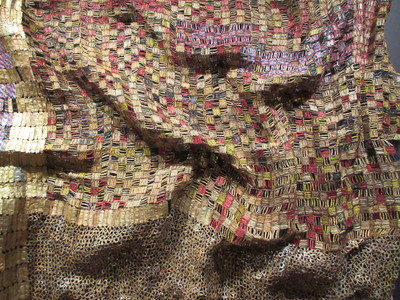

 RSS Feed
RSS Feed




